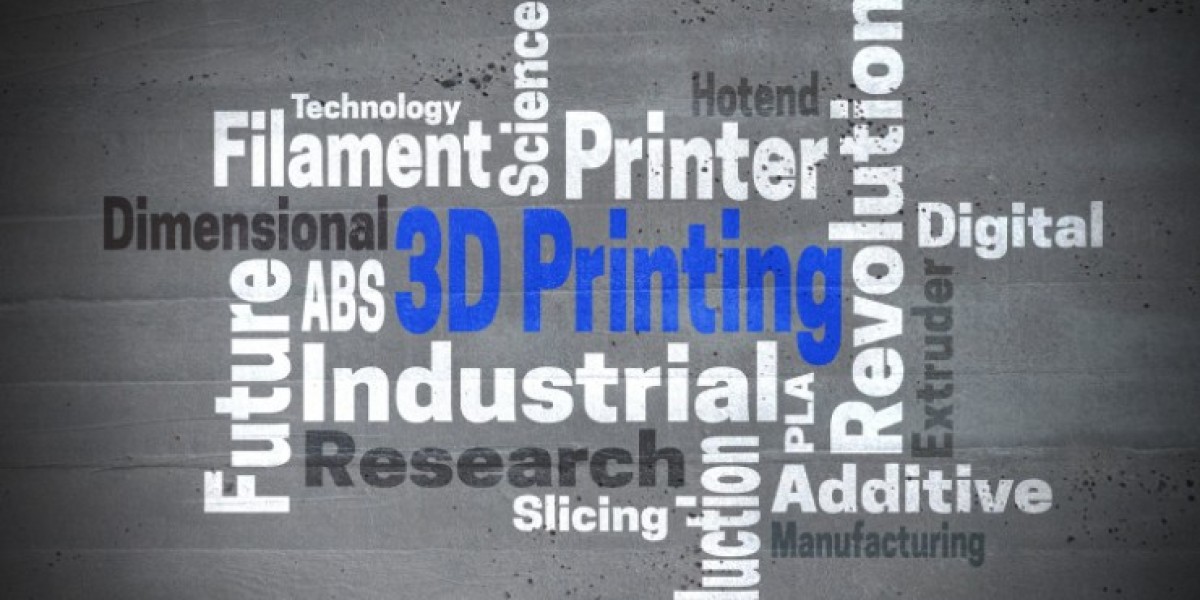The integration of 3D printing technology has revolutionized the design and production processes of sports equipment and gear, offering unprecedented opportunities for customization, performance enhancement, and innovation.
This article explores the profound impact of 3D printing on the sports industry, examining its influence on product design, material selection, and manufacturing efficiency.
Design Innovation and Customization
Custom-Fit Equipment for Athletes
One of the key advantages of 3D printing in the sports industry is its ability to facilitate customized equipment tailored to individual athletes' unique biomechanical characteristics and preferences.
Using 3D scanning technology, athletes' body measurements and movement patterns can be captured with precision, enabling designers to create custom-fit gear such as footwear, helmets, and protective padding. This customization enhances comfort, performance, and injury prevention by ensuring optimal fit and support for athletes during training and competition.
Complex Geometries and Functional Integration
3D printing enables the production of sports equipment with complex geometries and integrated functional features that are not feasible with traditional manufacturing methods. For example, lattice structures and internal support mechanisms can be incorporated into 3D-printed components to optimize weight distribution, stiffness, and impact absorption.
This design freedom allows for the creation of lightweight yet durable gear, such as bicycle frames, tennis rackets, and snowboard bindings, that offer superior performance and handling characteristics.
Material Selection and Performance Enhancement
Advanced Materials for High-Performance Gear
3D printing opens up possibilities for using advanced materials and composites in the production of sports equipment, enhancing performance and durability. Additive manufacturing techniques such as selective laser sintering (SLS) and fused deposition modeling (FDM) enable the use of aerospace-grade polymers, carbon fiber-reinforced composites, and metal alloys in gear manufacturing.
These materials offer superior strength-to-weight ratios, impact resistance, and fatigue properties, making them ideal for high-performance applications such as cycling, skiing, and motorsports.
Material Tailoring and Performance Optimization
Furthermore, 3D printing allows for the precise tailoring of material properties to meet specific performance requirements in sports equipment design.
For example, designers can vary the infill density, orientation, and composition of 3D-printed parts to optimize stiffness, flexibility, and damping characteristics. This material customization enables athletes to fine-tune their equipment to match their individual playing style, terrain conditions, and performance goals, resulting in a competitive edge on the field or track.
Manufacturing Efficiency and Prototyping
Rapid Prototyping and Iterative Design
3D printing accelerates the prototyping and iteration process in sports equipment development, allowing designers to quickly test and refine new concepts.
Additive manufacturing technologies such as stereolithography (SLA) and digital light processing (DLP) enable the rapid production of functional prototypes with high accuracy and detail resolution. This iterative design approach enables designers to experiment with different shapes, materials, and configurations, leading to faster product development cycles and more innovative designs.
On-Demand Production and Customization
Moreover, 3D printing enables on-demand production of sports equipment, reducing the need for large-scale manufacturing facilities and extensive warehousing of inventory.
Athletes can order custom-designed gear tailored to their specifications and receive it in a fraction of the time required for traditional manufacturing methods.
This direct-to-consumer model enhances supply chain efficiency, reduces lead times, and minimizes inventory overhead, ultimately making high-quality sports equipment more accessible and affordable for athletes at all levels.
Environmental Sustainability and Waste Reduction
Material Efficiency and Resource Conservation
3D printing promotes environmental sustainability in the sports industry by minimizing material waste and resource consumption. Unlike traditional subtractive manufacturing methods, which generate significant material waste through machining and milling processes, additive manufacturing builds parts layer by layer using only the material required for the final product.
This material efficiency reduces raw material consumption, lowers energy consumption, and minimizes environmental impact, aligning with global efforts to promote sustainable manufacturing practices.
Recycled Materials and Eco-Friendly Filaments
Furthermore, 3D printing enables the use of recycled materials and eco-friendly filaments in sports equipment production, further reducing environmental footprint. Manufacturers can incorporate recycled plastics, biodegradable polymers, and sustainable composites into 3D-printed gear, reducing reliance on virgin materials and minimizing waste generation.
By embracing environmentally friendly materials and manufacturing processes, the sports industry can contribute to the conservation of natural resources and the reduction of carbon emissions.
Conclusion
In conclusion, 3D printing technology has revolutionized the design and production of sports equipment and gear, enabling customization, performance enhancement, and sustainability in the sports industry.
By leveraging design innovation, advanced materials, and manufacturing efficiency, athletes can access gear tailored to their unique needs and preferences, enhancing comfort, safety, and performance on the field or track.
As additive manufacturing continues to evolve, its role in sports equipment design and production will become increasingly prominent, driving further advancements in athlete performance, injury prevention, and environmental sustainability.








